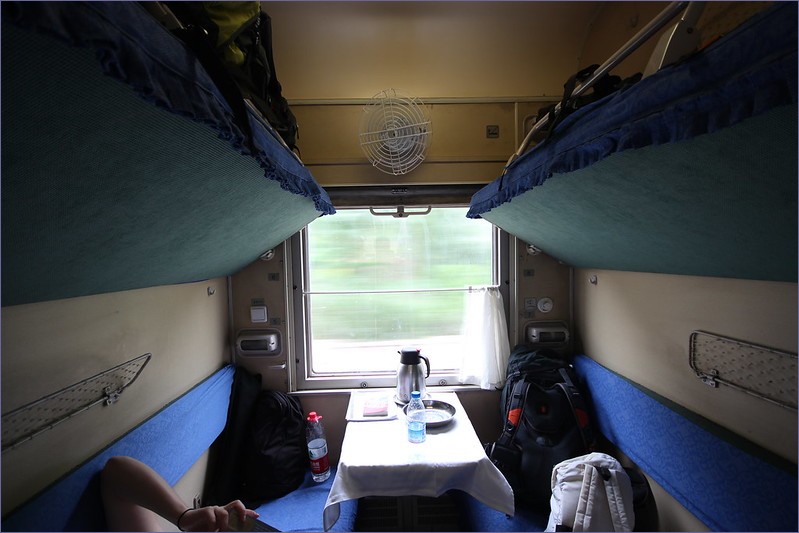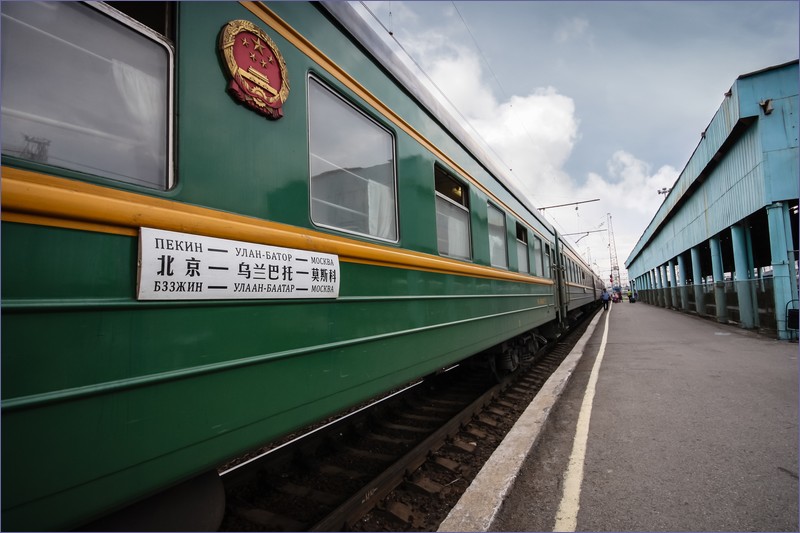Mongolia is a landlocked country in East Asia between Russia and China. Mongolia is famous for vast grasslands of the Asian steppe. Railway in Mongolia is used mainly for a freight trainsport from mines.
Last updated: 31.05.2025
The first railway line in Mongolia was inaugurated in 1938. It was a narrow gauge railway (750) from Ulaanbaatar to the coal mines of Nalaikh, about 43 km length. The railway was used to transport coal from mine to the capital. Later it was converted to broad gauge.
During World War II Japanese forces constructed military railways to serve their bases in Sanbeis, Matad and Tamsagbulag in occupied Mongolia.
In 1940 Russian railway line from Ulan-Ude reached Mongolian border. The Ulan-Ude – Ulanbaataar railway line became operational in 1950.
Trans-Mongolian Railway was constructed between 1949-1961. In 1955 tracks reached Mongolian-Chinese border; following year the railway connection between USSR and China was opened for traffic.
In 1958 railway line from Solovjovsk, Russia to Bajantümen, East Mongolia, was opened (238 km).
The construction of the new railway lines is underway. These lines will be used only for freight transport from mines to Russia and China.
In 2022 railway line from Tavantolgoi to Gashuunsukhait became operational. The railway was built by Mongolians and is the first railway owned 100 percent by Mongolia.
It’s 233.6 kilometers long and the entire line has been constructed to standard gauge to avoid break-gauge.
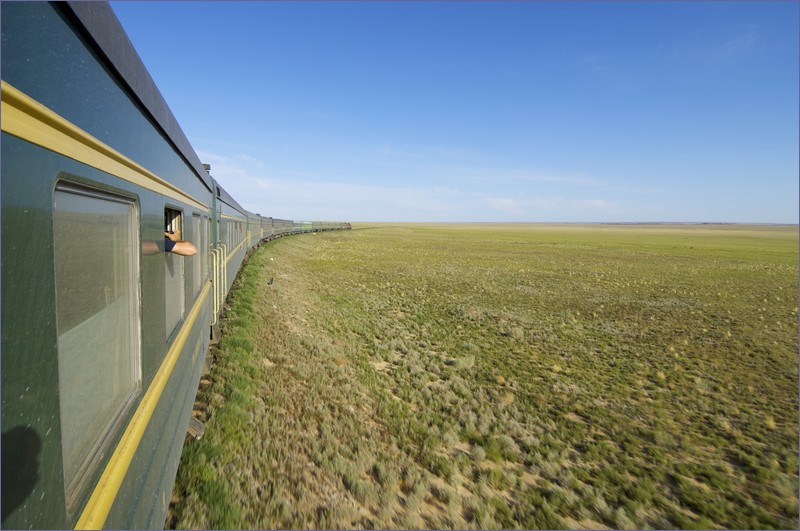
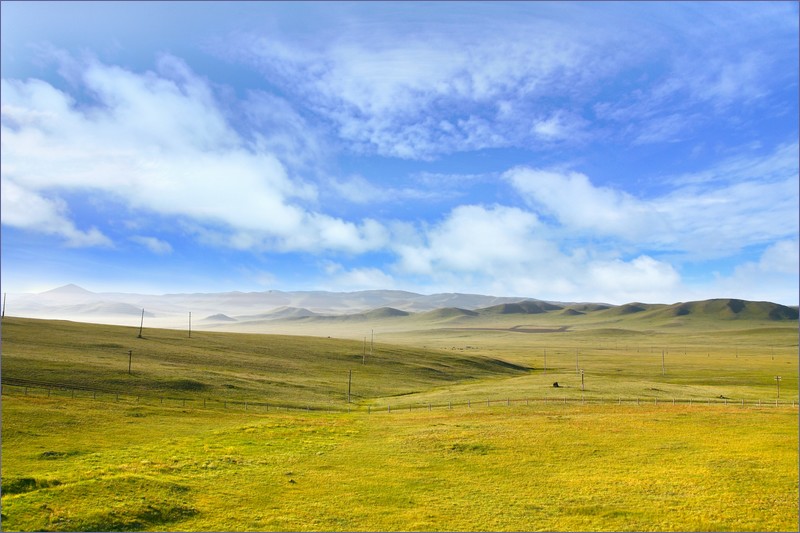
Train travel in Mongolia – domestic trains
There are only a few passenger trains in Mongolia. Trains are operated by Ulaanbaatar Railway (Улаанбаатар төмөр зам). Mongolian Railway company (Монголын төмөр зам) is responsible for an infrastructure and construction of the railway lines.
Passenger trains in Mongolia run on the following routes:
Ulaanbaatar – Sukhbaatar
Ulaanbaatar – Darkhan
Ulaanbaatar – Erdenet
Ulaanbaatar – Scharyn Gol
Ulaanbaatar – Zamyn Uud
Ulaanbaatar – Saishand
Ulaanbaatar – Bor Ondor
Useful websites:
www.ubtz.mn – Ulanbaatar Railway – official website (may work or not)
eticket.ubtz.mn – Ulanbaatar Railway – online shop (may work or not)
Ulanbaatar Railway – official fanpage (timetable)
Railway Map of Mongolia (Wikimedia)
There are daytime trains and overnight trains.
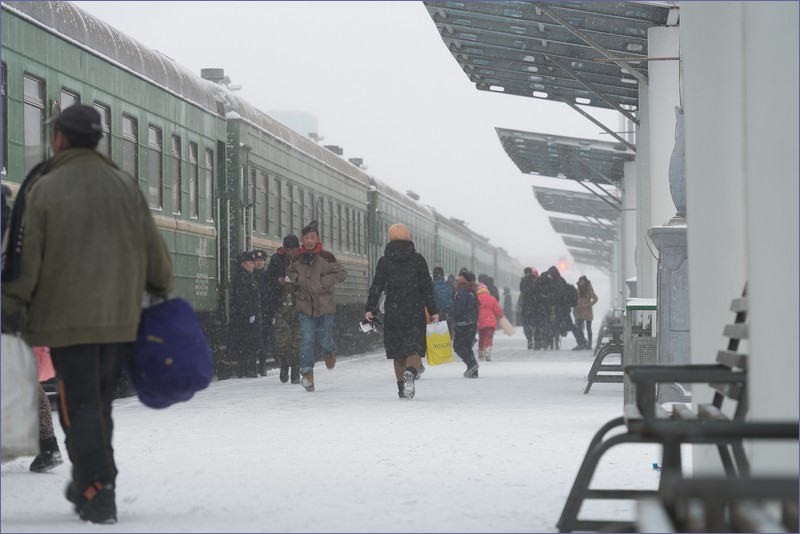
Carriages in Mongolian trains are Soviet-style. You can choose between:
зөөлөн вагон – sleeping car “SV”. Comfortable sleeping car with 2-bed compartments. Both bunks are in lower level. Each carriage has nine separate cabins and two toilets.
тасалгаат вагон – sleeping car with 4-bed compartments (“Kupe” in ex-USRR countries). Two upper beds and two lower beds. Each carriage has nine separate compartments with four bunks.
унтлагын вагон – couchette car popular in Ex-USRR countries. Cheap and comfortable option with unique atmosphere but no privacy. The open-class carriage consists of 54 bunks, arranged in bays of 4 on one side and bays of 2 on another. There is an aisle between the two sides.
нийтийн вагон – 3rd class seating carriage similar to the platzkart. 81 seats.
There are designated carriages and seats for woman travelling alone.
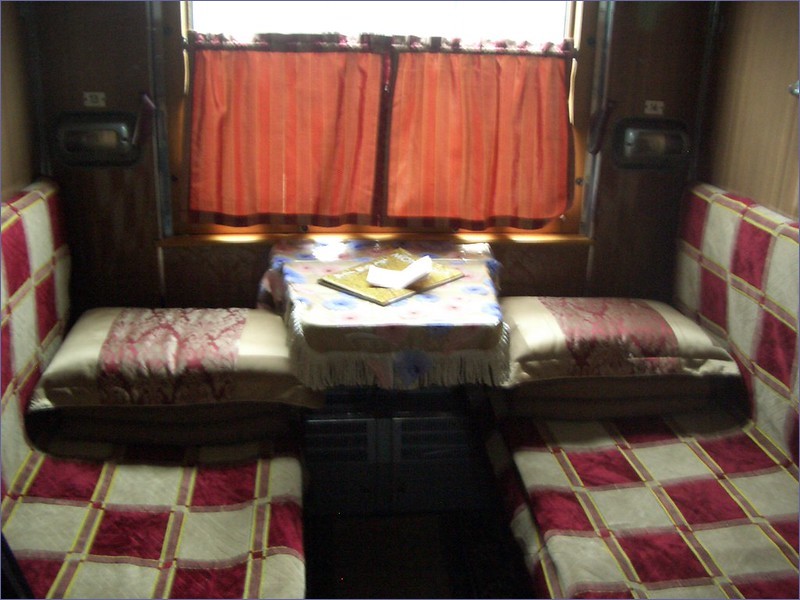
Train travel in Mongolia – international trains
25 May 2025 the international overnight train from Ulanbaatar to Beijing was resumed. The gauge in Mongolia is the same as that in Russia but different as in China and each carriage needs to have its bogies changed at the Chinese border. It can take three hours – passengers can’t use the toilets which are bolted.
Isolated railway line in the east of the country from Choibalsan to Borzya, Russia is used only for freight transport.
